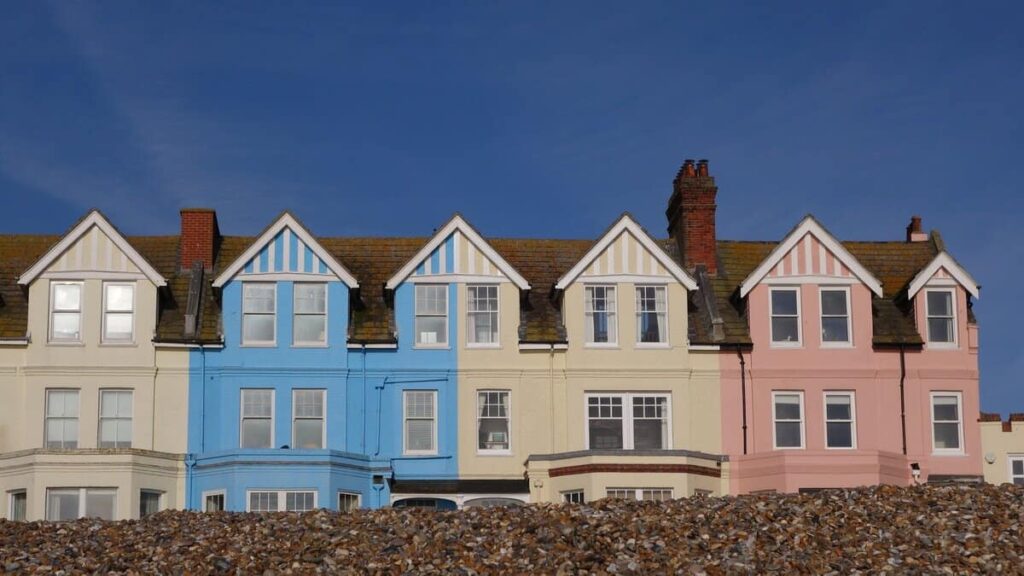
November 14, 2021
Nick Nomi
Close enough for weekends away from both London and the Midlands, and inspiring enough for repeat visits, Suffolk is a county filled with stunning county landscapes dotted with striking castles and country houses — inspiration to the likes of Constable and Gainsborough — and fringed by miles of attractive coastline.
Covid safer in Suffolk?
UK holiday destinations are likely to continue to be busier than usual – even over the winter. Ensure you book accommodation in advance along with restaurants and attractions. Use the Suffolk authority’s website to check individual parking spots and other amenities in your chosen destination.
What to see in Suffolk
Suffolk’s finest towns are those that prospered during the wool boom of the Middle Ages, when Suffolk wool was in great demand across Europe. And there’s no finer example than Lavenham, whose streets seem permanently bonded to the 15th century when the wool trade began to decline. Here, 500-year-old houses with wonky timber frames dominate the historic centre, some painted in vivid oranges, pinks and yellow, many hiding little museums, modern cafes and boutique hotels. Clare is another wool town, smaller (indeed it’s Suffolk’s smallest town), but with an impressive collection of listed buildings including the striking Clare Priory (home to Augustinians) that dates back to the 12th century.
Spend a day in Bury St Edmunds to see Suffolk’s only cathedral as well as a treasure trove of historic houses, England’s only surviving Regency theatre, and a beautiful collection of abbey ruins that begin at the 14th century Abbey Gate and continue into the pretty sensory gardens and the atmospheric ruins of the former Abbey Church. Stay for dinner at the excellent Angel Eaterie or carry onwards to Ipswich for its lively harbour and the delightful Christchurch Mansion that holds impressive collections of Gainsborough and Constable paintings alongside a modest gallery of modern arts.
If you’d prefer to wander among those famous Constable landscapes of babbling brooks, languid farmlands and serene country lanes, then take an immersive walk along the Painter’s Trail taking in many of the exact spots — Willy Lott’s house, Stour Valley and Flatford Bridge Cottage — that inspired works such as The Hay Wain and Two Boys Fishing.
History lovers exploring the Suffolk countryside should take the opportunity to visit Orford Castle — one of England’s best-preserved polygonal castles — and the stunning Helmingham Hall, a 14th-century moated manor house, surrounded by idyllic landscaped gardens.
Escape the crowds along Suffolk’s coast
Suffolk has a rugged but exceptional 50-mile stretch of coastline filled with shingle beaches, popular blue flag beaches, seaside towns such as Felixstowe and Lowestoft, and various rugged dunes with plenty of walking options.
Wildlife lovers should try the dune-backed Dunwich Heath Beach that, as well as a striking, dog-friendly beach, has a charming collection of wildlife including woodlarks, red deer, adders and nightjars, or Covehithe Beach, which is easily one of the area’s most remote beaches. Another favourite is the photogenic surrounds of Shotley Peninsula, caught between the Stour and the River Orwell, and filled with sand marshes and mudflats that are popular with migratory birds and Emperor dragonflies.
Checklist for your trip to Suffolk
- Be prepared to change your destination if it’s full
- Follow the Countryside Code
- Book accommodation, restaurants and attractions in advance
Useful links Find up-to-date guidance on travel, safety, Covid-19 research and more.
RightRooms believes all information to be correct at time of going to press. As guidance, research and facts around Covid-19 are changing constantly, the information provided here is for general information only and does not constitute professional advice. Please check with venues, locations and attractions before travelling.